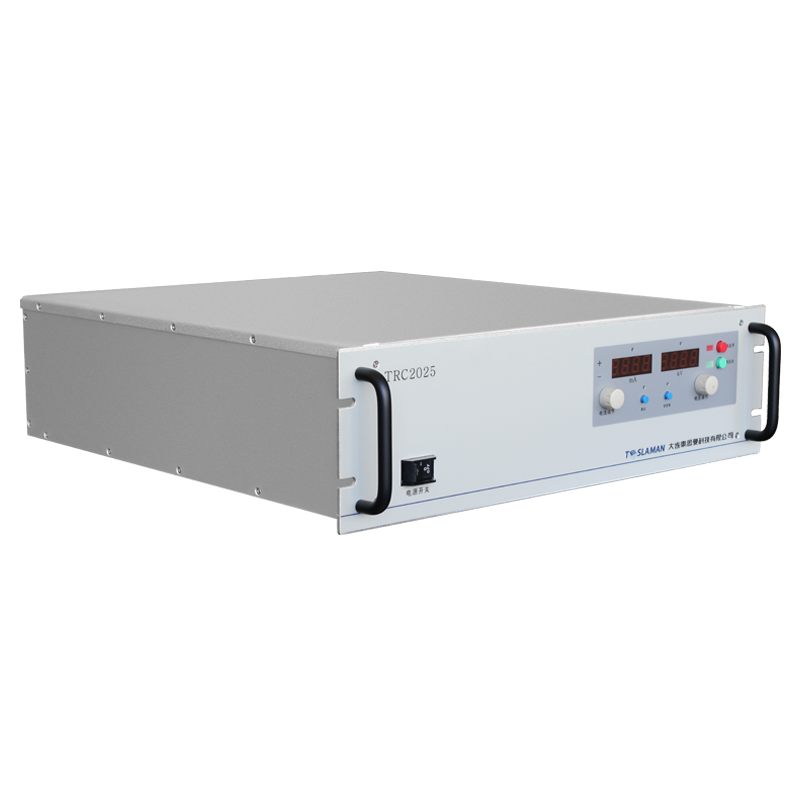Application and Efficiency Evaluation of High-Voltage DC Power Supply Technology in Wind Farms
With the global transformation of energy structures and the continuous development of renewable energy technologies, wind power generation, as a green and clean energy source, has been widely applied worldwide. In the wind power generation system, high-voltage direct current (HVDC) power supply technology plays an important role in the application of wind farms with its unique advantages. This article will discuss the application and efficiency evaluation of high-voltage direct current power supply technology in wind farms from a professional perspective.
Application of High-Voltage DC Power Supply Technology in Wind Farms
Wind farms are usually located in remote areas or offshore, with complex and changeable geographical locations, which bring many challenges to power transmission. High-voltage direct current power supply technology has the advantages of long transmission distance, low line loss, and flexible regulation, and thus has been widely applied in wind farms.
1. Long-distance Transmission: Wind farms are often far away from load centers, and high-voltage direct current transmission can significantly reduce line losses and improve transmission efficiency.
2. Stable Control: Wind power generation has intermittency and instability, and high-voltage direct current power supply technology can achieve stable control of wind farms, improving the reliability of the power grid.
3. Energy Storage System: Combined with the energy storage system, high-voltage direct current power supply technology can effectively smooth the output power fluctuations of wind farms, enhancing the consumption capacity of the power grid.
Efficiency Evaluation of High-Voltage DC Power Supply Technology in Wind Farms
Efficiency evaluation is an important means to measure the application effect of high-voltage direct current power supply technology in wind farms. The evaluation indicators mainly include transmission efficiency, equipment loss, system stability, etc.
1. Transmission Efficiency: Transmission efficiency refers to the efficiency of electric energy transmission from the wind turbine outlet to the grid access point. The transmission efficiency of high-voltage direct current transmission is usually higher than that of alternating current transmission, especially in long-distance transmission.
2. Equipment Loss: Equipment loss is one of the important indicators for evaluating the efficiency of high-voltage direct current power supply technology. It includes converter loss, transformer loss, line loss, etc. By optimizing equipment design and material selection, equipment loss can be effectively reduced and overall efficiency can be improved.
3. System Stability: System stability evaluation mainly examines the performance of high-voltage direct current power supply technology in response to wind farm output fluctuations and grid faults. Through simulation and field testing, the stability of the system can be comprehensively evaluated.
Conclusion and Outlook
The application of high-voltage direct current power supply technology in wind farms has significant advantages, which can effectively solve problems such as long-distance transmission and stable control, and improve the overall operating efficiency of wind farms. However, in practical applications, attention still needs to be paid to issues such as equipment loss and system stability, and continuous improvement of efficiency and application level can be achieved through technological innovation and optimized design.
Looking forward to the future, with the continuous advancement of wind power generation technology and the increasing complexity of power grid structures, high-voltage direct current power supply technology will play a more important role in wind farms. At the same time, with the development of energy storage technology, the combination of high-voltage direct current power supply technology and energy storage systems will become closer, providing strong support for the stable operation of wind farms. In addition, innovations in intelligent operation and maintenance, high-efficiency equipment, and other aspects will also bring more possibilities for the application of high-voltage direct current power supply technology in wind farms.




















